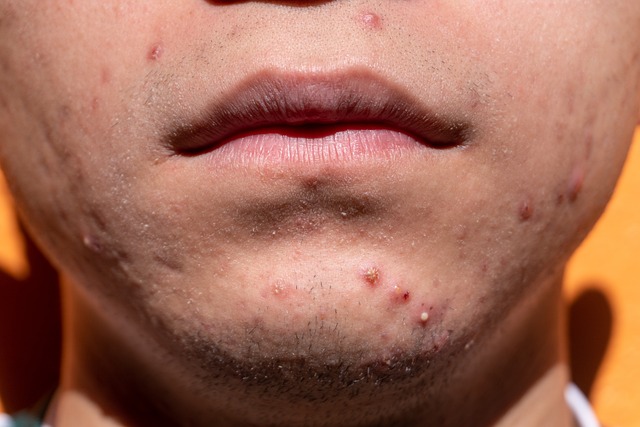The American Academy of Dermatology released guidelines for the treatment of acne in early 2024. As I’m updating study materials, I thought I’d share a sneak peek of my top 5 takeaways from the 2024 Acne Guidelines.
Retinoids and Benzoyl Peroxide
In mild to moderate acne, topical retinoids will be a first-line consideration with benzoyl peroxide. The guidelines emphasize combination use.
“When managing acne with topical therapies, multimodal therapy combining multiple mechanisms of actions is recommended as a good practice statement to optimize efficacy and to reduce the risk of antibiotic resistance.”
Quoted from: Guidelines of care for the management of acne vulgaris – 2024
Topical Antibiotics
Topical antibiotics such as clindamycin are included in the treatment algorithm. One mistake I have seen in practice is the use of antibiotics as monotherapy. This is not recommended due to the risk of resistance and ultimately reduced long-term effectiveness. Topical antibiotics are most often used in combination with a topical retinoid or benzoyl peroxide.
“Topical antibiotic monotherapy is not recommended.”
Quoted from: Guidelines of care for the management of acne vulgaris – 2024
Systemic Antibiotics
Systemic antibiotics such as minocycline or doxycycline have benefits in the management of acne but it is recommended to limit their use due to the risk of bacterial resistance and complications that can occur with longer-term systemic antibiotic therapy. Also, recall that tetracycline derivatives have many binding interactions, which I’ve discussed in greater detail in previous podcast episodes.
The guidelines strongly recommend doxycycline if a systemic agent is used. Similar to topical antibiotics, systemic agnets are recommended to be used with other topical agents such as benzoyl peroxide or topical retinoids.
Alternative Agents
The guidelines mention three other topical agents for the treatment of mild to moderate acne. Clascoterone, salicylic acid, and azelaic acid. These are conditional recommendations and these agents are not considered first-line medications.
Spironolactone Monitoring
Spironolactone is not a first-line agent in the management of acne but can be used in certain situations and refractory patients. What was interesting to me (in the event spironolactone is used) is that potassium monitoring is not recommended in healthy patients. It is, however, recommended if there are other risk factors for hyperkalemia. For instance, a patient taking an ACE inhibitor should have potassium monitored closely if spironolactone is being used for acne.
Here’s the full link to the guidelines – 2024 Acne Guidelines
What other important takeaways did you notice in the 2024 Acne Guidelines? Leave a comment below!
- 30 medication mistakes PDF
- 18+ Page Drug Interaction PDF
- 10 Commandments of Polypharmacy Webinar based on my experiences in clinical practice









0 Comments